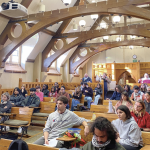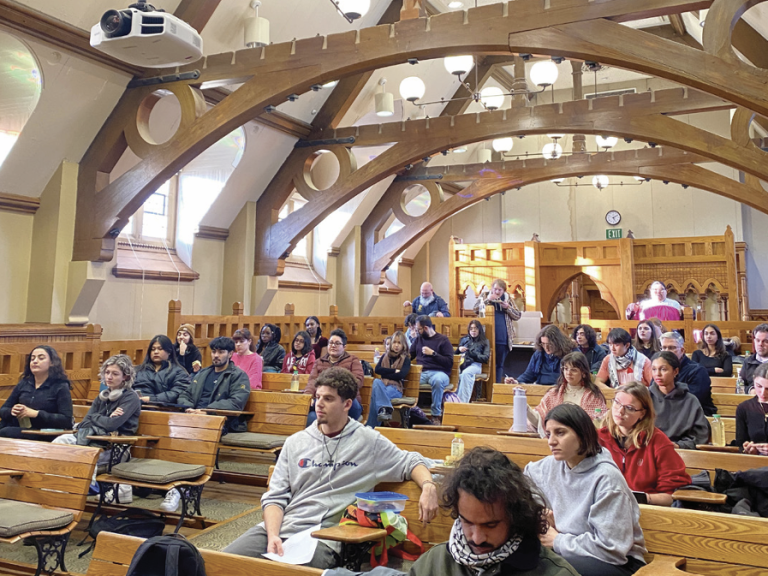GRANVILLE KAYNOR ’21
CONTRIBUTING WRITER
In honor of Trinity’s upcoming bicentennial, the administration has launched a series of plans to enhance the school’s reputation and overall experience for students. The plan comes at a somewhat perilous time for the school, as Trinity has recently suffered a significant drop in the U.S. News and World Report Rankings. Although it is obvious that the rankings do not reflect the prestige of the college, Trinity’s President Joanne Berger-Sweeney and her staff know how important the rankings are to attracting top students. Out of a desire to bring Trinity to its full potential, President Berger-Sweeney has come up with a new strategic plan and officially deemed it “Summit.” In a four-minute video generally describing the plan for the future, one professor described “Summit” as focusing on being “even more flexible in terms of modes of teaching, new classes, and new engagement with the city of Hartford.” In short, Trinity’s staff believes that the College does well in all of these areas, but there is always room to excel. President Berger-Sweeney wants to create well-rounded students who are curious, articulate, and free-speaking. She wants them to “embrace complexity and engage across differences in building a free, just society”. As for the specifics of “Summit”, the first part of the initiative focuses on firmly establishing Trinity as a top-tier institution. President Berger-Sweeney also wants to use Trinity’s higher education “to be a leading partner in advancing the Hartford region, and to demonstrate the power of education to transform the world.” That being said, there is a specific path to achieving and maintaining this higher education. Aspects that make up a topnotch school are its retention and graduation rates as well as its job and graduate school retention rates, quality of staff, financial aid resources, alumni network, and endowment. Trinity does well in all of these categories, but still ranks below several of its peers within the New England Small College Athletic Conference (NESCAC). The path that President Berger-Sweeney refers to starts with making sure that the degree requirements reflect an intensive mastery of subject matter and engagement outside the classroom. This will allow students to explore their passions at the highest level. The next step is strengthening the “Bantam Network” and first-year programs such as pre-orientation, so as to establish a baseline for a successful classroom experience. In order to increase job placement reputation, President Berger-Sweeney wants to improve the Career Development Center and its internship networking capabilities. She also emphasizes the importance of searching for internships and jobs in Hartford and elsewhere in Connecticut as a way of engaging the community at the highest of levels. As for the student body, the financial aid resources will also be increased in order to attract students from all backgrounds and create equal opportunity for those who cannot afford the original cost of attending Trinity. Finally, President Berger-Sweeney’s overarching goal is to increase the College’s endowment, which will enable Trinity’s administration to pursue more ambitious future plans. Even though a drop in rankings was undoubtedly an influence in the creation of a new approach such as “Summit”, that was never the primary motivator. President Berger-Sweeney is aware that the rankings are not always accurate, but she wants to better the College’s standing simply because she knows Trinity can always do better. President Berger-Sweeney is making a conscious effort to maintain Trinity’s status as a high-level institution before the College celebrates its bicentennial.
Thursday, February 20 2025
The Student Newspaper at Trinity College in Hartford, Connecticut




+ There are no comments
Add yours